Science Highlights¶
the maxwell cluster occasionally plays an important role in scientific investigations, and subsequent publications. We have collected quite a list of impressive publications referencing the Maxwell Cluster, and are grateful for any additional references (we certainly have missed some). The latest additions can be found here, a complete list can be found under Science Highlights
Illuminating Rembrandt’s Chiaroscuro in The Night Watch: the painting process of Van Ruytenburch’s costume¶
| This study examines Rembrandt’s use of *chiaroscuro* to depict the costume of Lieutenant Willem Van Ruytenburch, a prominently lit figure in *The Night Watch* (1642). As part of *Operation Night Watch*, the painting was analyzed using noninvasive imaging techniques, including reflectance imaging spectroscopy (RIS), macroscopic X-ray powder diffraction (MA-XRPD), and macroscopic X-ray fluorescence (MA-XRF). These methods enabled the mapping of the artist’s pigment palette, which includes lead white, lead-tin yellow, ochres, vermilion, arsenic sulfide pigments, red lakes, smalt, and azurite. Rembrandt applied these pigments in a consistent, systematic way, combining them in groups to achieve pictorial unity. Notably, arsenic-based pigments were used to capture the warm reflections of gold threads, unique to Van Ruytenburch’s costume. MA-XRPD also identified degradation products—mimetite, weddellite, and palmierite—associated with the original pigments. These results provide new insights into Rembrandt’s modus operandi and inform understanding of the current condition and implications for its conservation. npj Herit. Sci. Nouchka De Keyser et al. | 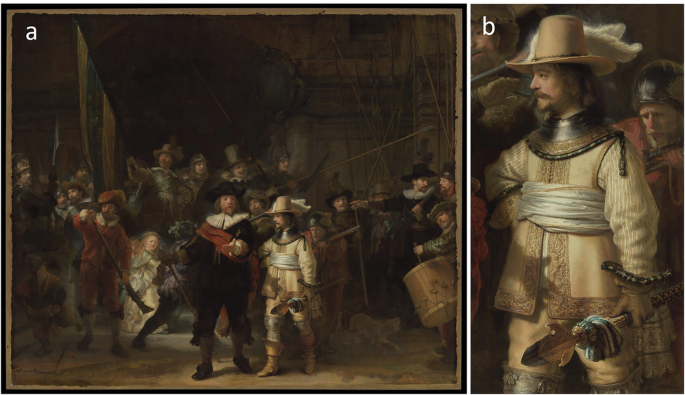 |
Active energy compression of a laser-plasma electron beam¶
| Radio-frequency (RF) accelerators providing high-quality relativistic electron beams are an important resource enabling many areas of science, as well as industrial and medical applications. Two decades ago, laser-plasma accelerators that support orders of magnitude higher electric fields than those provided by modern RF cavities produced quasi-monoenergetic electron beams for the first time. Since then, high-brightness electron beams at gigaelectronvolt (GeV) beam energy and competitive beam properties have been demonstrated from only centimetre-long plasmas, a substantial advantage over the hundreds of metres required by RF-cavity-based accelerators. However, despite the considerable progress, the comparably large energy spread and the fluctuation (jitter) in beam energy still effectively prevent laser-plasma accelerators from driving real-world applications. Here we report the generation of a laser-plasma electron beam using active energy compression, resulting in a performance so far only associated with modern RF-based accelerators. Using a magnetic chicane, the electron bunch is first stretched longitudinally to imprint an energy correlation, which is then removed with an active RF cavity. The resulting energy spread and energy jitter are reduced by more than an order of magnitude to below the permille level, meeting the acceptance criteria of a modern synchrotron, thereby opening the path to a compact storage ring injector and other applications. Nature P. Winkler et al. | 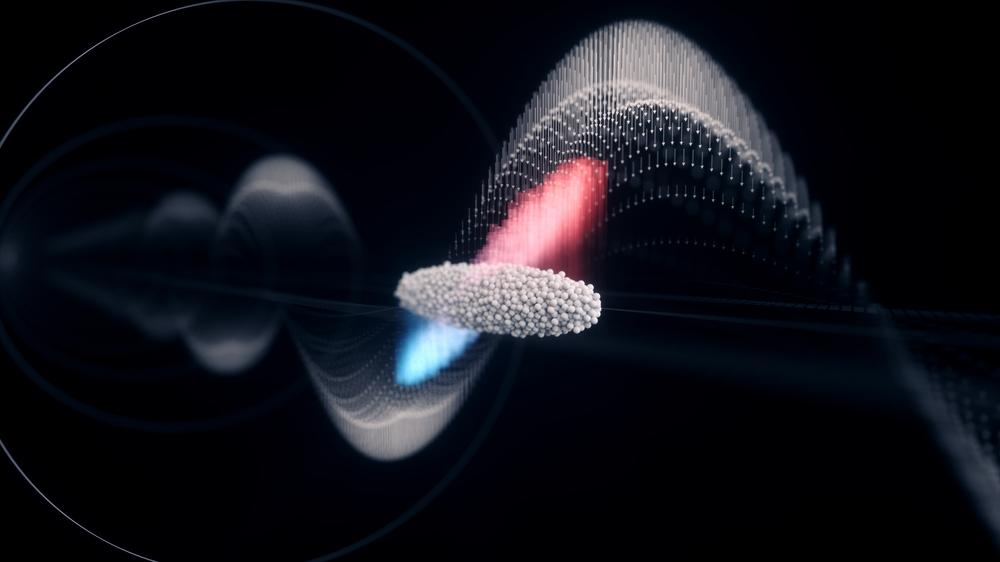 |
A proteome-wide structural systems approach reveals insights into protein families of all human herpesviruses¶
| Structure predictions have become invaluable tools, but viral proteins are absent from the EMBL/DeepMind AlphaFold database. Here, we provide proteome-wide structure predictions for all nine human herpesviruses and analyze them in depth with explicit scoring thresholds. By clustering these predictions into structural similarity groups, we identified new families, such as the HCMV UL112-113 cluster, which is conserved in alpha- and betaherpesviruses. A domain-level search found protein families consisting of subgroups with varying numbers of duplicated folds. Using large-scale structural similarity searches, we identified viral proteins with cellular folds, such as the HSV-1 US2 cluster possessing dihydrofolate reductase folds and the EBV BMRF2 cluster that might have emerged from cellular equilibrative nucleoside transporters. Our HerpesFolds database is available at Nat Commun Timothy K. Soh et al. | 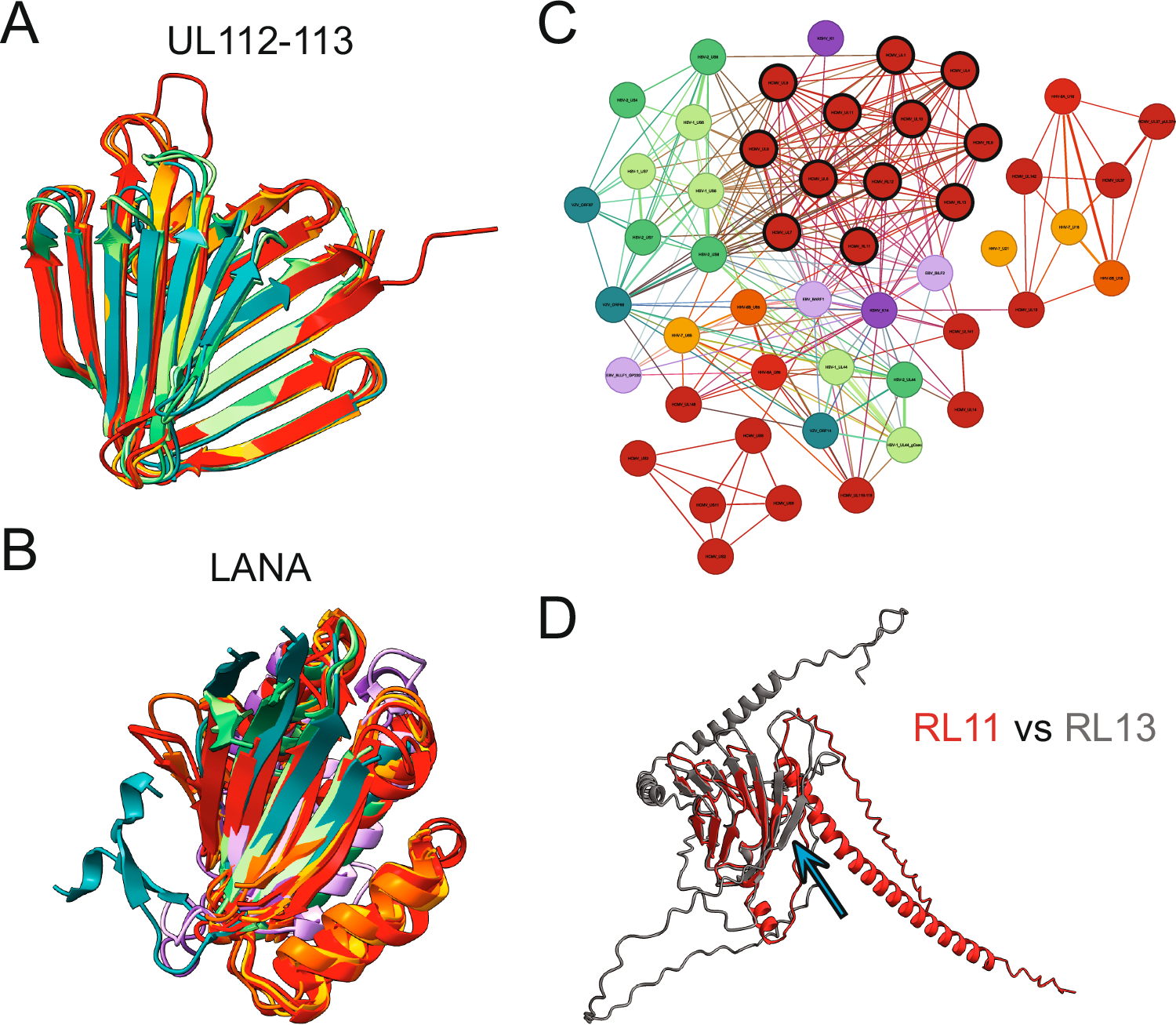 |
Rapid aberration correction for diffractive X-ray optics by additive manufacturing¶
| Photophoretic forces are induced when light causes a net momentum exchange between a particle and a surrounding gas. Such forces have been shown to be a robust means for trapping and guiding particles in air over long distances. Here, we apply the concept of an optical funnel for the delivery of bioparticles to the focus of an x-ray free-electron laser (XFEL) for femtosecond x-ray diffractive imaging. We provide the experimental demonstration of transversely compressing a high-speed beam of aerosolized viruses via photophoretic forces in a low-pressure gas environment. Relative temperature gradients induced on the viruses by the laser are estimated via particle-velocimetry measurements. The results demonstrate the potential for an optical funnel to improve particle-delivery efficiency in XFEL imaging and spectroscopy. Opt. Express 30, 31519-31529 (2022) Frank Seiboth, Adam Kubec, Andreas Schropp, Sven Niese, Peter Gawlitza, Jan Garrevoet, Vanessa Galbierz, Silvio Achilles, Svenja Patjens, Michael E. Stuckelberger, Christian David, and Christian G. Schroer | 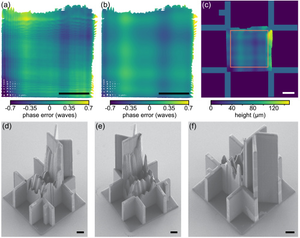 |
Genomic-Phenomic Reciprocal Illumination: Desyopone hereon gen. et sp. nov., an Exceptional Aneuretine-like Fossil Ant from Ethiopian Amber¶
| Fossils are critical for understanding the evolutionary diversification, turnover, and morphological disparification of extant lineages. While fossils cannot be sequenced, phenome-scale data may be generated using micro-computed tomography (μ-CT), thus revealing hidden structures and internal anatomy, when preserved. Here, we adduce the male caste of a new fossil ant species from Miocene Ethiopian amber that resembles members of the Aneuretinae, matching the operational definition of the subfamily. Through the use of synchrotron radiation for μ-CT, we critically test the aneuretine-identity hypothesis. Our results indicate that the new fossils do not belong to the Aneuretinae, but rather the Ponerini (Ponerinae). Informed by recent phylogenomic studies, we were able to place the fossils close to the extant genus Cryptopone based on logical character analysis, with the two uniquely sharing absence of the subpetiolar process among all ponerine genera. Consequently, we: (1) revise the male-based key to the global ant subfamilies; (2) revise the definitions of Aneuretinae, Ponerinae, Platythyreini, and Ponerini; (3) discuss the evolution of ant mandibles; and (4) describe the fossils as †Desyopone hereon gen. et sp. nov. Our study highlights the value of males for ant systematics and the tremendous potential of phenomic imaging technologies for the study of ant evolution Insects 2022, 13, 796. https://doi.org/10.3390/insects13090796 Boudinot, B.E.; Richter, A.K.; Hammel, J.U.; Szwedo, J.; Bojarski, B.; Perrichot, V. | 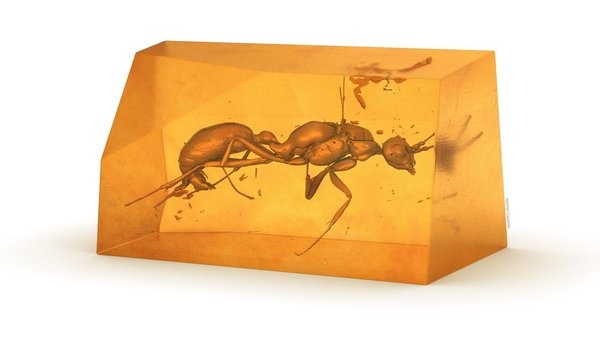 |